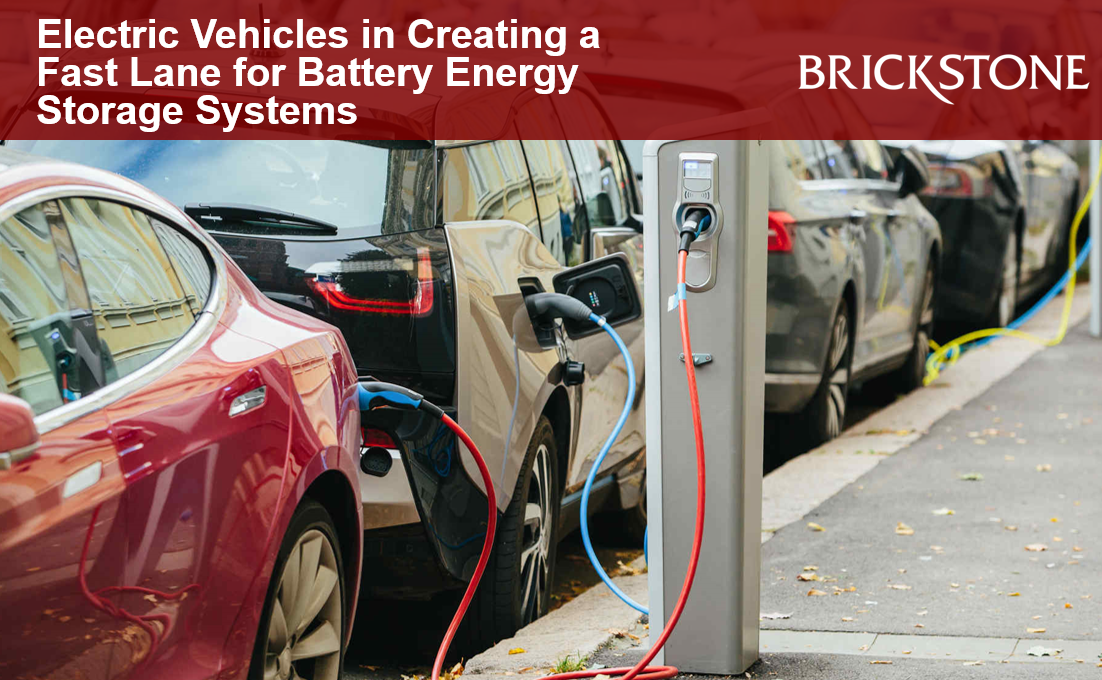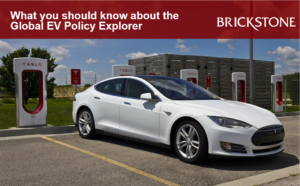Electric Vehicles In Creating A Fast Lane For Battery Energy Storage Systems
Due to the heightened increase in the need for clean energy and improved performance, electric vehicles have over time gained increased popularity and market share. In Q2 2022, EV sales accounted for 5.6% of the total auto market (up from 2.7% in Q2 of 2021).
The growth in the EV market has important implications for the electricity grid, as the demand for battery energy storage systems have skyrocketed in major automotive markets across primary countries.
According to McKinsey, the demand is expected to grow by around 30 percent, nearing 4,500 gigawatt-hours (GWh) a year globally by 2030, and the battery value chain is expected to increase by as much as ten times between 2020 and 2030 to reach annual revenue as high as $410 billion. Approximately 90 percent of the demand will come from mobility applications—most importantly, electric vehicles (EVs).
Accordingly, the growth, overall, has catalyzed an unprecedented level of investment that battery manufacturers must get right to stay competitive while other industries pursue the same scarce resources.
This article by Brickstone reviews some institutional reports and publications on how the demand for electric vehicles and battery energy storage systems work together, highlighting key facts and insights.
Demand for Electric Vehicles & Battery Storage Systems
According to Forbes, the zero-emissions electrical grid of the future will require a lot more renewable energy production. And once that energy is produced, it will need to go somewhere – or go to waste. That’s where battery energy storage systems come in.
Electric vehicles are the key technology to decarbonise road transport, a sector that accounts for 16% of global emissions. Recent years have seen exponential growth in the sale of electric vehicles together with improved range, wider model availability and increased performance. This period of intense growth in EVs has surged the demand for batteries.
With automotive giants Volkswagen, Ford and BMW forecasting that EVs will make up 50% or more of their global sales by 2030, the need for charging infrastructure is likely to grow quickly.
So is the need for grid-scale storage solutions, which can extend the life of EV batteries. Once they can only reach 80% of their maximum charge, they can no longer power cars. But they’re still useful elsewhere: Those used EV batteries can store and dispatch power to the grid for another 10 years, creating a healthy supply of carbon-free power.
Meanwhile, the growing market for grid-scale batteries has spurred improvements in lithium iron phosphate (LFP) technology. Because these batteries do not use nickel or cobalt, metals which are expensive and difficult to source in environmentally friendly ways, manufacturers like Tesla and Ford have expressed interest in them.
With automakers and grid-scale battery energy storage systems building out a larger combined market, batteries’ economics and performance are likely to continue to improve rapidly. Their widespread adoption could change the way we supply power in fundamental ways.
According to ESO, given the expected proliferation of EVs, there is growing focus by utilities, regulators, policymakers and legislators on development of plans to accommodate the added electric demand that charging during on-peak times will add to the non-EV demand.
An alternative to the conventional T&D response is to add distributed electricity storage at or near EV charging stations. Doing so reduces the amount of T&D capacity needed on-peak to serve the EV charging-portion of the total peak demand. And, the storage is charged using low priced, off-peak energy when generation fuel use and air emissions are lowest (on a per kilowatt-hour basis).
A smarter, more responsive grid backed by energy storage resources will provide the monitoring, communications, control, and computational capabilities to accommodate fast EV charging during peak demand periods.
Read more here.






